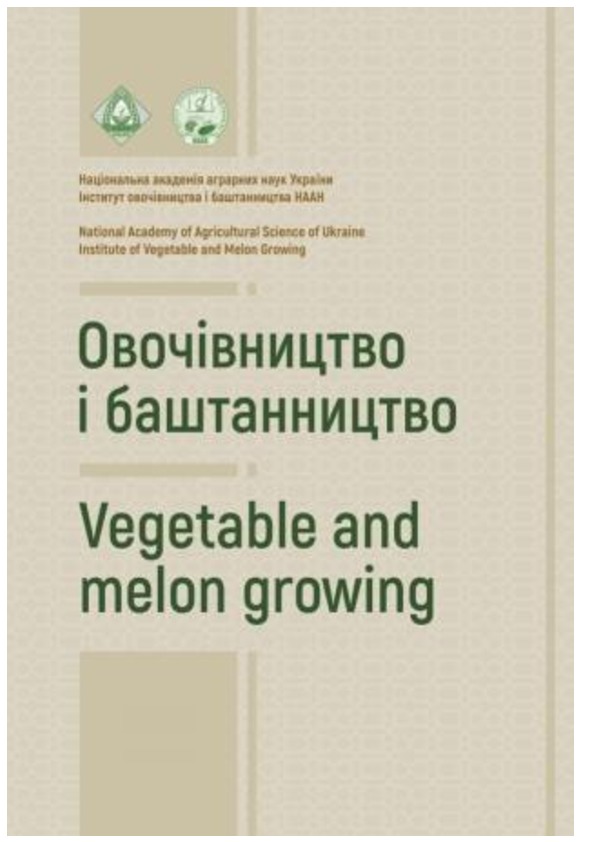id: 35253
Title: Garden pea yield depends on sowing time and application of waterretaining granules in the Right-Bank Forest-Steppe
Authors: Palamarchuk I.I.
Keywords: vegetable pea, biometric parameters, interphase periods, reproductive organs, yield.
Date of publication: 2024-02-29 09:23:49
Last changes: 2024-02-29 09:23:49
Year of publication: 2023
Summary: The article describes a study of the influence of different periods of sowing vegetable pea seeds using standard technology and with the introduction of water-retaining granules. It has been proven that the best conditions for the formation of the green pea crop are provided by the sowing period of the second decade of March. The use of water-retaining granules optimizes the moisture regime to a greater extent and makes it possible to obtain a higher yield. Goal. The goal was to study the formation of the crop of pea plants depending on the sowing time and water-retaining granules in the conditions of the Right Bank Forest Steppe. Methods. Experimental research was carried out in 2020–2022 in the conditions of the right-bank forest-steppe. During the experimental work, field, statistical and laboratory methods were used. Sowing dates were studied: II decade of March, III decade of March, I decade of April, II decade of April. The results. According to the results of the research, the sowing period of the 2nd decade of March provided the best conditions for the growth, development and increase in the yield of pea plants. Application of water-retaining granules during the sowing period of the 2nd decade of March ensured a yield of 8.1 t/ha. Conclusions. The pea sowing period of the 2nd decade of March contributed to an increase in the number of leaves on the plant and their height, in particular in the phase of grain filling by 2.0 pcs/plant and 7.6 cm, respectively. In the variant with the introduction of water-retaining granules, the sowing date of the second decade of March provided an increase in these indicators by 2.2 units/plant and 7.8 cm, respectively. The sowing period of the second decade of March lengthened the growing season by 3 days relative to the control, and by 4 days with the introduction of water-retaining granules. Early sowing of peas (2nd decade of March) helped to increase the yield of green peas: without granules by 1.1 t/ha, with application of granules – 1.3 t/ha.
URI: http://repository.vsau.vin.ua/repository/getfile.php/35253.pdf
Publication type: Статті у наукових фахових виданнях України (Copernicus та інші)
Publication: Овочівництво і баштанництво. 2023. Вип. 74. С. 85-93. DOI: https://doi.org/10.32717/0131-0062-2023-74-85-93
In the collections :
Published by: Адміністратор
File : 35253.pdf Size : 1015105 byte Format : Adobe PDF Access : For all

| |
|
|